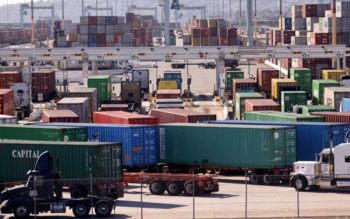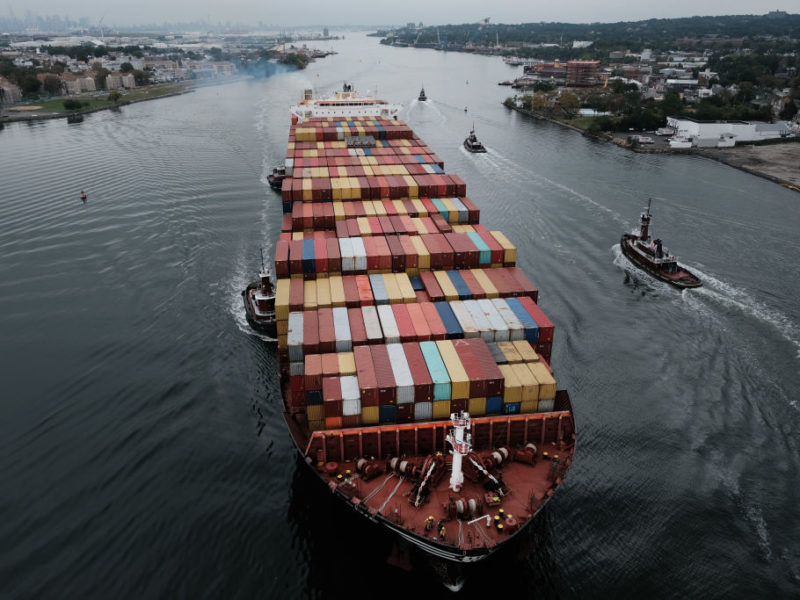Leveraging Data To Increase Supply Chain Resilience

The COVID-19 pandemic exposed the critical need for new risk management strategies that can quickly shift production and logistics to meet customer demand surges during disruptions. To address this problem, the SecureAmerica Institute (SAI) has launched a nationwide search for projects that could further empower and secure a resilient U.S. manufacturing and defense industrial base.
Eleftherios Iakovou, director of supply chain management for SAI and director of manufacturing and logistics innovation initiatives for the Texas A&M Engineering Experiment Station, is working on a holistic, data-driven management framework to detect problems and increase U.S. supply chain resiliency and agility.
“Resilient supply chains must be cost-competitive to be sustainable in the future,” said Iakovou, who is also the Harvey Hubbell Professor in the Department of Engineering Technology and Industrial Distribution at Texas A&M University. “We have adversaries who are aggressively trying to undercut the United States’ industrial base by producing and selling at low cost. An agile, resilient supply chain is one that bounces back as quickly as possible from a disruption with the ability to ramp up and sustain production efficiently, thus ensuring business continuity for the defense industrial base and other critical supply chains of the nation.”
To meet this moment where economic security and national security have become so tightly interwoven, Iakovou’s project will identify the data needed from internal and external stakeholders to discover paradigm shifts and provide a roadmap for designing next-generation supply chain networks that are more robust in a cost-competitive fashion.
“Resiliency needs supply chain visibility and mapping, and ensures business continuity,” Iakovou said. “Take, for example, news of the decline in CDL drivers who transport cargo across the United States. This impacts our supply chain, but the issue extends further. It’s not simply the lack of drivers hurting our resilience, it’s the wait times these drivers experience when arriving at today’s clogged ports or terminals.”
Indicatively, there are serious flaws in today’s digital appointment platforms at marine container terminals which, along with other inefficiencies, hinder drivers from ensuring their appointment windows are honored.
“After 14 hours, the federal government mandates drivers must clock out,” Iakovou said. “What happens when they are forced to leave without meeting their delivery requirements? The impact of these unfulfilled deliveries then propagates across the supply chain.”
According to Iakovou, the ability to rapidly discern these types of issues is crucial to achieving resilient supply chains in the United States.
“By taking into account the vast amount of data that is available today and by harmonizing the strategies and tactics of corporations and governmental entities, we can increase our ability to detect and respond faster to problems while increasing our effective supply chain capacity,” he said.
Iakovou’s framework is currently published in The International Journal of Production Research, the leading operations management journal, and will provide a synergistic framework for the flows of information, products, cash and work processes to solve crises and solidify resiliency.
“A steady flow of information and collaboration across all stakeholders of the end-to-end supply chain is what has been missing at the very core of our supply chain networks,” he said. “Breaking down silos and creating a path toward the uninterrupted sharing of data will help the nation secure our manufacturing industry and better address many of the challenges and bottlenecks we are encountering in our nation’s supply chain network.”
This article by Lauren Thompson originally appeared on the College of Engineering website.





